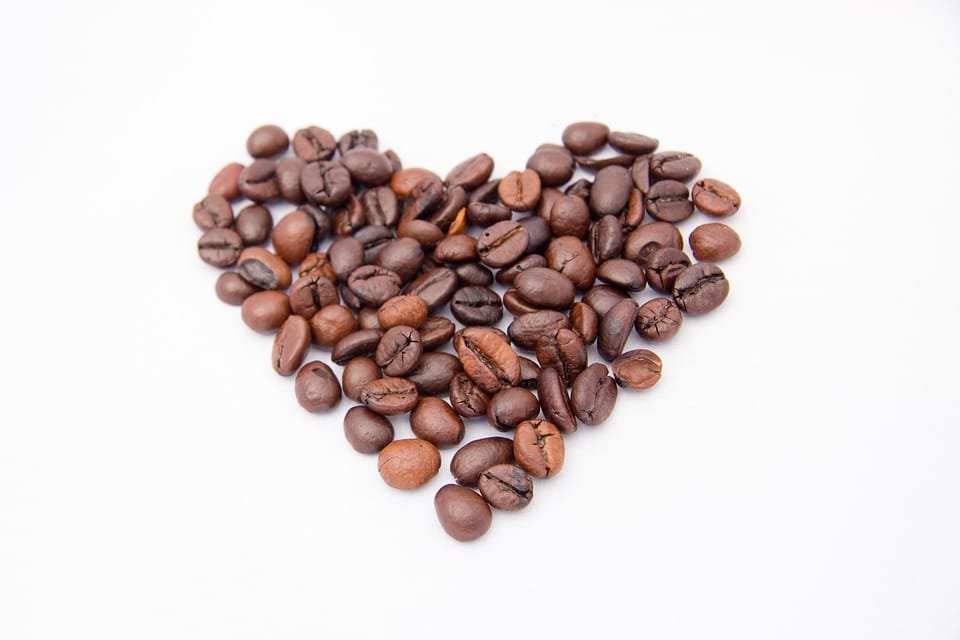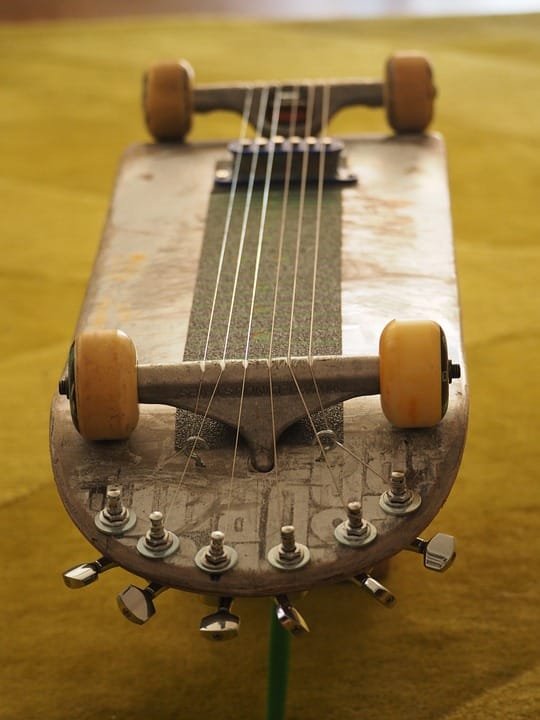The Benefits of Slow Fashion

The Sustainable Wardrobe: My Journey to Slow Fashion
[Image: A person surrounded by eco-friendly clothing and accessories, with a caption "My sustainable fashion journey began with a simple swap: choosing eco-friendly brands over fast fashion."]As I reflect on my journey into sustainable fashion, I’m reminded of the profound impact it’s had on my life. From researching ethical fashion brands to finding hidden gems at thrift stores, I’ve discovered a world of possibilities that not only benefit the environment but also my personal style. In this article, I’ll share my experiences, the benefits of slow fashion, and simple swaps that can make a difference.
The Dark Side of Fast Fashion
[Infographic: A comparison of fast fashion’s environmental and social impact]Fast fashion, the dominant model of the fashion industry, has devastating consequences. The production, transportation, and disposal of fast fashion contribute to:
- 12.8% of global greenhouse gas emissions (Source: Ellen MacArthur Foundation)
- 20% of global wastewater pollution (Source: World Bank)
- 10% of global carbon emissions (Source: McKinsey & Company)
- Exploitation of workers, particularly in developing countries (Source: International Labor Organization)
The Power of Slow Fashion
[Image: A person enjoying a peaceful moment with a hand-stitched garment, with a caption "Slow fashion is not just about sustainability; it’s about self-expression and connection to our clothes."]Slow fashion, on the other hand, is a movement that prioritizes quality over quantity, sustainability over speed. It’s about creating clothes that last, that tell a story, and that make us feel good. Slow fashion encourages:
- Eco-friendly materials, such as organic cotton, recycled polyester, and Tencel
- Upcycling and repurposing old clothes to reduce waste
- Buying second-hand or renting clothes to reduce consumption
- Supporting ethical brands that prioritize workers’ rights and fair labor practices
My Sustainable Fashion Journey
[Image: A collage of thrift store finds, with a caption "Thrift shopping is an art form. You never know what hidden gems you’ll discover."]I started my sustainable fashion journey by researching ethical fashion brands, such as Patagonia, Reformation, and Everlane, which prioritize sustainability and transparency. I also began thrift shopping, where I discovered unique pieces that told a story. I found a vintage denim jacket that’s now my favorite, and a pair of high-waisted jeans that fit like a glove.
Creative Upcycling Projects
[Image: A DIY upcycling project, with a caption "Get creative and give new life to old clothes. Upcycling is a fun and sustainable way to reduce waste."]Upcycling is an excellent way to breathe new life into old clothes. Here are a few creative projects to get you started:
- Turn an old t-shirt into a reusable bag
- Upcycle a pair of jeans into a quilt or a pair of shorts
- Transform a vintage dress into a unique piece of home decor
Tips for Sustainable Fashion
[Image: A person holding a reusable shopping bag, with a caption "Make sustainable choices, one step at a time."]Here are some simple tips to incorporate sustainable fashion into your daily life:
- Buy second-hand or rent clothes instead of buying new
- Choose eco-friendly materials and brands
- Repair and maintain your clothes to extend their life
- Donate or recycle old clothes instead of throwing them away
Conclusion
[Image: A person surrounded by eco-friendly clothing and accessories, with a caption "Sustainable fashion is a journey, not a destination. Every small step counts."]My journey into sustainable fashion has been transformative, and I hope this article has inspired you to take the first step. Remember, sustainable fashion is not just about the environment; it’s about self-expression, connection to our clothes, and the people who make them. By making conscious choices, we can create a more sustainable, equitable, and beautiful world.
Frequently Asked Questions
Q: What are some affordable sustainable fashion brands?
A: Some affordable sustainable fashion brands include H&M Conscious, Zara’s TRF line, and Everlane’s ReNew collection.
Q: How can I upcycle old clothes?
A: You can upcycle old clothes by repurposing them into new items, such as turning an old t-shirt into a reusable bag or upcycling a pair of jeans into a quilt.
Q: Where can I find second-hand or vintage clothing?
A: You can find second-hand or vintage clothing at local thrift stores, online marketplaces like ThredUp or Poshmark, or at consignment shops.
Q: How can I make my clothes last longer?
A: You can make your clothes last longer by washing them in cold water, avoiding harsh detergents, and avoiding over-drying. You can also repair and maintain your clothes to extend their life.









